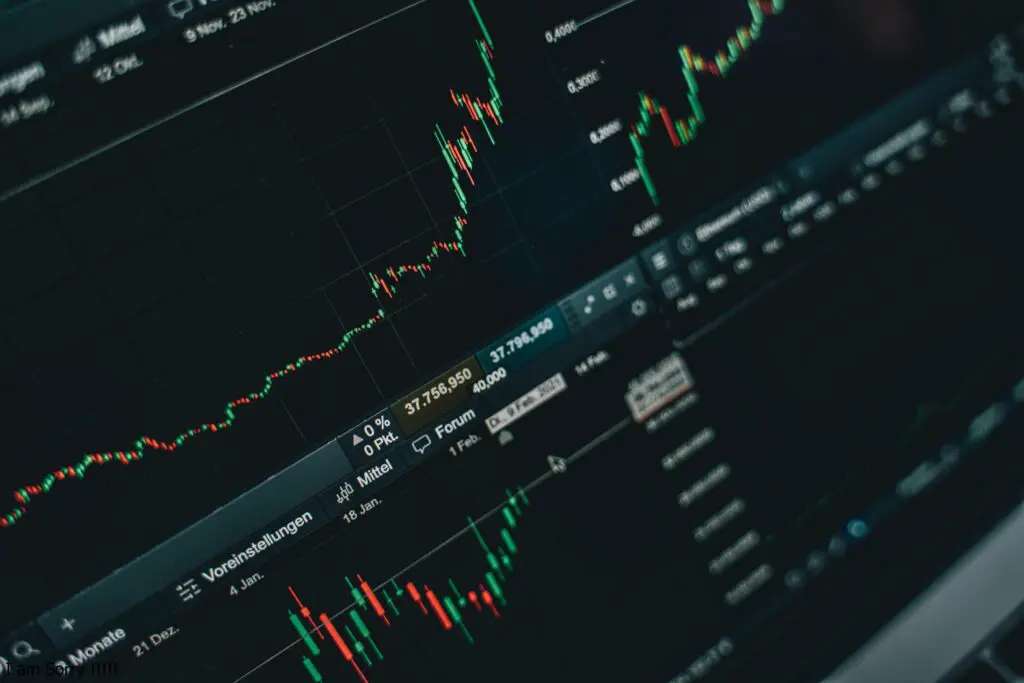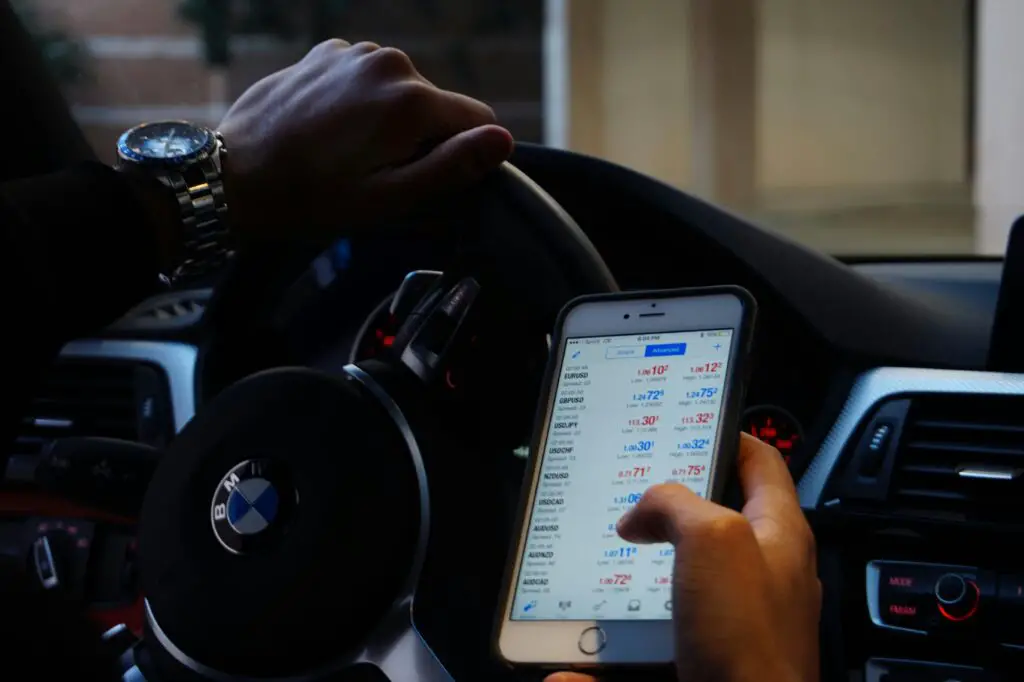It might look hard to trade forex, but tools like Fibonacci Retracement can help you do better and improve your chances of reaching your goals. One way to trade in forex is to use Fibonacci Retracement. It will be described in this book and how to use it. Relax as it will be easy.

How do I use Fibonacci Retracement?
Traders use Fibonacci Retracement to guess where an asset’s price might change direction in Fibonacci and other numbers. This is what this tool is based on. When you trade, you can use this process to find areas on a price chart that offer support and resistance.
A price level of support is the point at which something stops falling and might even start to rise again. When the worth of an asset hits a certain level of resistance, it stops going up and might even go down. Fibonacci Retracement helps traders figure out when to buy or sell by letting them guess these numbers.
Sizes that are important for Fibonacci
When people trade, these are the Fibonacci numbers they use most:
23.6% 38.2% 50%
61.8% of 100%
These levels were created using the Fibonacci pattern, which is used to guess where a price chart might change direction. We will discuss how to find these levels and why they are significant.
The Fibonacci levels of retracement and how to find them
To find Fibonacci Retracement levels, do the following:
Find a Price Trend: Look for the high and low points of the most recent price change. There may have been a recent drop (price going down) or a rise (price going up).

What is the Difference? To find the price change range, take the low point away from the high end.
To find the retracement levels, increase the range by the significant Fibonacci percentages: 23.6%, 38.2%, 50%, 61.8%, and 100%.
Say the cost went up from $100 to $200:
The amount is $200 – $100 = $100.
For 23.6%, the number is $100 times 0.236, which is $23.60. The amount that needs to be fixed is $200 – $23.60, which equals $176.40.
The mark of 38.2% is $38.20, which is $100 times 0.382. The amount that needs to be fixed is $200 – $38.20, which equals $161.80.
The 50% amount is $50, which is $100 times 0.50. To fix it, subtract $200 from $50, which is $150.
The 61.8% mark is $100 times 0.618, which is $61.80. The amount that needs to be fixed is $200 – $61.80, which equals $138.20.
There are points on these lines where the price might change or stay the same as the trend.
Find out how to use Fibonacci retracement to trade forex.
To use Fibonacci Retracement in forex trade, you need to do a few things:
Look for a Clear Trend: When you examine a trading pair, look for a clear trend. It could go up or down.

Track the price change and use a tracking tool to mark the Fibonacci levels from the high point to the low point if the price goes up. If the price increases, use the same tool to draw regression lines from the low to the high end.
Track the price: Watch how the price changes around these points. When it gets close to a recovery level, the price starts to go back up, which could be an excellent time to move.
Use moving averages, the RSI (Relative Strength Index), and the changing Fibonacci levels if you know the signs they give you.
Decide where your stop loss and take profit will be. If you want to lower your risk, place your stop loss orders just above the rebound level and at the next significant drop level.
A Look at How the Fibonacci Retracement Works
Begin by saying you want to look at the EUR/USD money pair. The price went from 1.1000 to 1.2000, indicating it is going up. You need to know where the price could drop again before it starts to rise again.
Find the Trend: The trend is up from 1.1000 to 1.2000.
Sketch Out the Fibonacci Levels: The Fibonacci levels range from 1.1000 (the low point) to 1.2000 (the high end).
Keep an eye on the price: It starts to drop from 1.2000 and gets close to 1.1764, the 23.6% retracement line. It then goes backwards and keeps going up.
You check the RSI to be sure. It tells you that the price is not too high and confirms the rise.
You placed a stop loss order at 1.1700, below the 23.6% level, and a take profit order at 1.2000, an all-time high.
Fibonacci Retracement: How to Get the Most Out of It
Do not rush into deals; take your time. It would be best to move when the price approaches the correction levels.
Use More Than One Time Frame: To understand the direction and reversal levels better, look at the price over more than one-time frame.

Use with Other Tools: Combine Fibonacci retracement with other economic analysis tools to better understand the developments taking place.
Start with a demo account to learn Fibonacci retracement and get better at it before you risk real money.
The best time for Fibonacci regression is when there are clear trends. Please only use it when the market is moving or is moving slowly.
Putting Too Much Faith in Retracement Levels: Fibonacci retracement levels should never be your only source of information. Use other tools and signs to make sure your study is correct.
Putting Stop Loss Too Close: You might get out of the trade too soon if you put your stop loss too close to the lines of recovery. Allow your trades to grow.
If you ignore essential news and events in the economy, prices can change quickly and without notice. Know when important business news is coming out and avoid trading during those times.
How to Use Fibonacci Retracement in Real Life
We will examine how Fibonacci regression can be used in real life when dealing with forex.
The Pound to the Dollar: A Case Study
In the case of the GBP/USD pair, let’s say you see a strong trend going down from 1.3500 to 1.3000. There are amounts below which the price might stop and begin falling again.
Find the Trend: The trend is down from 1.3500 to 1.3000.

Sketch Out the Fibonacci Levels: The Fibonacci levels range from 1.3500 (the high point) to 1.3000 (the low end).
Keep an eye on the price: From 1.3000, the price starts to go up and gets close to 1.3190, the 38.2% retracement line. It then turns around and keeps going down.
Look at Other Indicators: The moving averages have crossed to the lower, proving the move down.
You placed your stop loss order above the 38.2% level at 1.3250 and your take profit order below it at 1.3000, which was the next low.
If you do these things, you can trade smartly and keep your risk low with Fibonacci retracement.
That being said
Fibonacci retracement is an essential tool for forex traders because it helps them determine where levels of support and resistance might be. If you know how to use Fibonacci retracement, you can select better trades and improve your trading approach. Make sure you use it with other tools for fundamental research and start trading with fake money before you use real money.
Look at how the market has changed over several periods and keep up with big news stories that could impact the market. You can sell better on the forex market if you do this.

